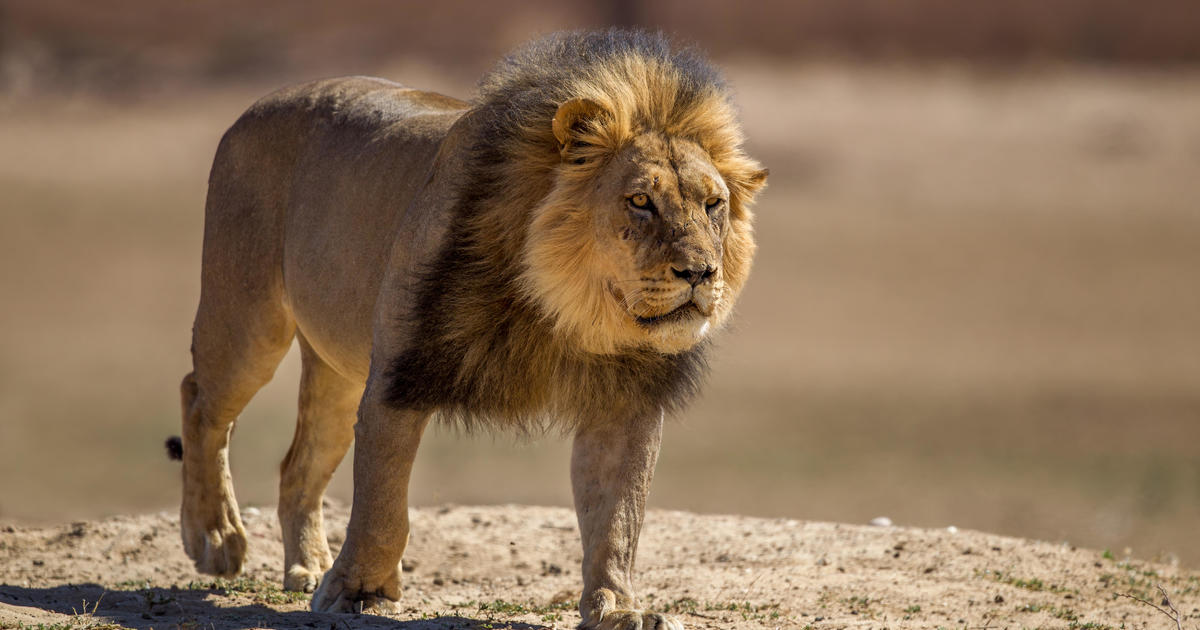A tragic incident at Taigan Safari Park in Crimea resulted in the death of a zookeeper, highlighting the inherent dangers of working with large predators. The experienced chief zookeeper, Leokadia Perevalova, was mauled to death by three lions after a door between two rooms in their enclosure was inadvertently left unlocked. This unfortunate event underscores the critical importance of rigorous safety protocols and the potential consequences of even seemingly minor oversights in handling dangerous animals. The incident prompted a criminal investigation into workplace negligence, shining a spotlight on the safety measures employed at large animal parks and raising crucial questions regarding the balance between allowing close proximity to animals for visitors and maintaining the safety of staff.
The Fatal Lion Attack at Taigan Safari Park
The Incident and its Aftermath
On Wednesday, a devastating event unfolded at Taigan Safari Park, one of Europe’s largest big cat parks, located in Russian-annexed Crimea. Chief zookeeper Leokadia Perevalova, a 17-year veteran of the park, entered a lion enclosure to clean a cage. Investigators determined that a crucial door between two areas within the enclosure was left unlocked, allowing the lions access to her. Tragically, the lions attacked and killed Perevalova, inflicting fatal injuries. Oleg Zubkov, the park’s owner, described the scene, confirming that park employees who discovered her body were unable to offer assistance due to the severity of her injuries. Zubkov publicly mourned Perevalova, highlighting her dedication and importance to the park’s operation, while attributing the tragedy to human error and the unforgiving nature of apex predators. The incident resulted in a criminal investigation into workplace negligence.
The Investigation and Legal Ramifications
Following the incident, the Moscow-installed Investigative Committee of Crimea and Sevastopol launched a criminal investigation into the death. The focus of the investigation is on determining whether negligence played a role in the incident, focusing primarily on the unlocked door within the enclosure. This involves a thorough examination of the park’s safety protocols, staff training procedures, and the overall maintenance of the enclosure. The potential penalties for negligence-related charges could range from substantial fines to imprisonment, underscoring the gravity of the situation and the responsibility of the park to ensure worker safety. The investigation’s outcome will significantly impact future safety regulations and practices within similar facilities across the region.
Workplace Safety in Zoological Parks
The Risks of Working with Large Predators
Working with large predators inherently involves significant risk. The inherent power and unpredictable nature of such animals necessitate stringent safety measures to mitigate the chances of fatal accidents. These measures are not limited to physical barriers but extend to thorough staff training programs, rigorous safety protocols, and continuous assessments of all enclosure aspects to prevent access points. Every detail in a work environment alongside dangerous animals needs scrutiny. The death of the experienced zookeeper sadly exemplifies the reality that despite rigorous safety protocols, unforeseen circumstances and human errors can lead to tragic outcomes. The lack of fail-safes in procedures can have severe implications.
Preventing Future Accidents
Preventing similar incidents in the future requires a multifaceted approach. Thorough staff training in handling and interacting with dangerous animals, both physically and behaviorally, are essential aspects. Comprehensive reviews of all existing safety protocols, with an emphasis on fail-safe mechanisms to mitigate risks resulting from potential human error are essential to improve overall safety. This might entail incorporating multiple layers of locking mechanisms, redundant safety systems, and clearly defined emergency procedures to ensure a swift and effective response in case of incidents. Continuous monitoring and maintenance of enclosures, ensuring integrity of barriers and systems, including regular inspections and the implementation of emergency preparedness plans, are key preventative strategies.
Comparing Taigan Park Incident with Other Zoo Accidents
Similar Incidents in Other Zoos
Fatal attacks at zoos, though rare, illustrate the importance of consistent vigilance and preventative measures. In 2018, a lion escaped its enclosure at a North Carolina conservatory due to a malfunctioning pen closure mechanism leading to the death of a young college graduate. Similarly, in 2013, a lion killed a volunteer in Central California after escaping a feeding cage while she cleaned. Both incidents underscore the fact that breakdowns in safety protocols, coupled with the inherent unpredictable nature of large predators, can lead to fatal outcomes regardless of experience level of the worker. The common threads in these separate yet comparable events highlight the need for rigorous oversight of safety and maintenance standards in the zoo environment.
Lessons Learned from Past Accidents
These tragic incidents offer valuable lessons in workplace safety management for zoos and similar facilities. The recurring theme across incidents emphasizes the need for multiple layers of security measures rather than reliance on single-point failure mechanisms. Redundancy in locking systems, regular equipment inspections, staff training in emergency response procedures, and clear safety protocols, combined with the implementation of robust emergency response procedures are crucial. Further lessons learned highlight the importance of continuous monitoring of equipment and the implementation of well-defined emergency procedures involving quick and clear lines of response in case of incidents involving dangerous animals.
Take Away Points
- The tragic death of Leokadia Perevalova at Taigan Safari Park highlights the inherent risks of working with large predators, even for experienced professionals.
- The incident underscores the critical need for rigorous safety protocols and robust fail-safe mechanisms to prevent accidents caused by human error.
- Lessons from this and similar incidents in other zoos should serve as reminders to implement multiple layers of security measures and maintain comprehensive staff training programs focused on predator interactions and emergency procedures.
- Investigations should thoroughly scrutinize workplace safety practices to ensure accountability and prevent future tragedies.




